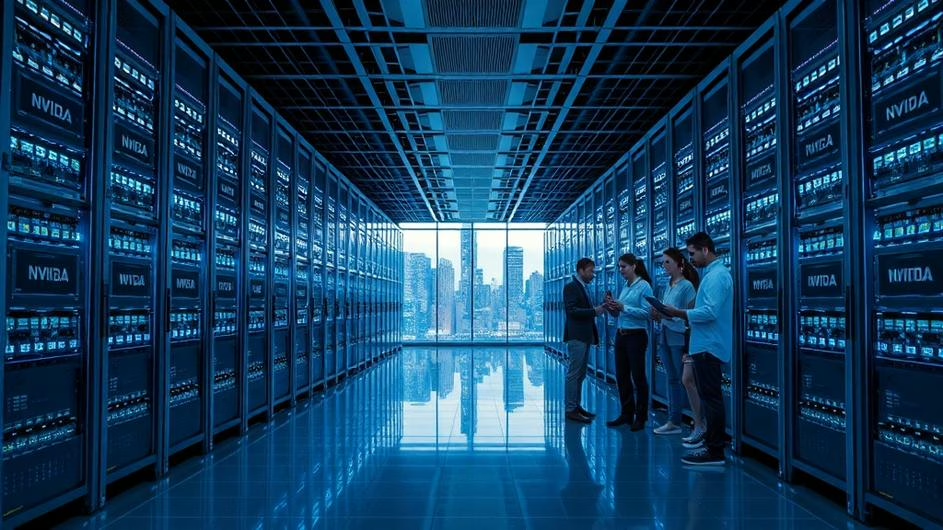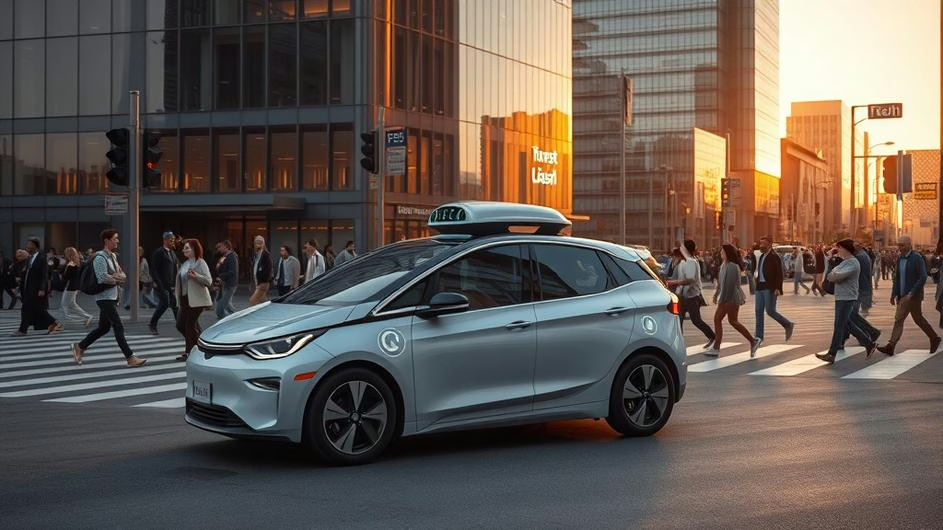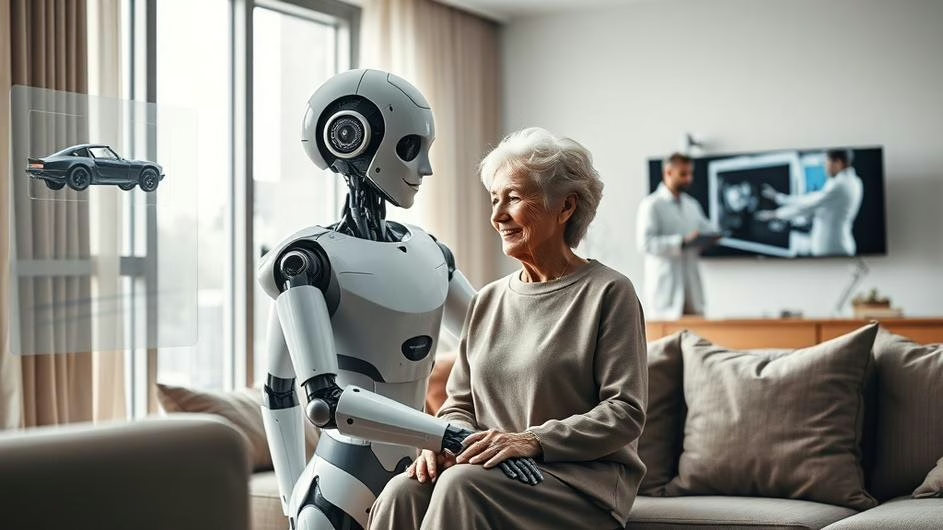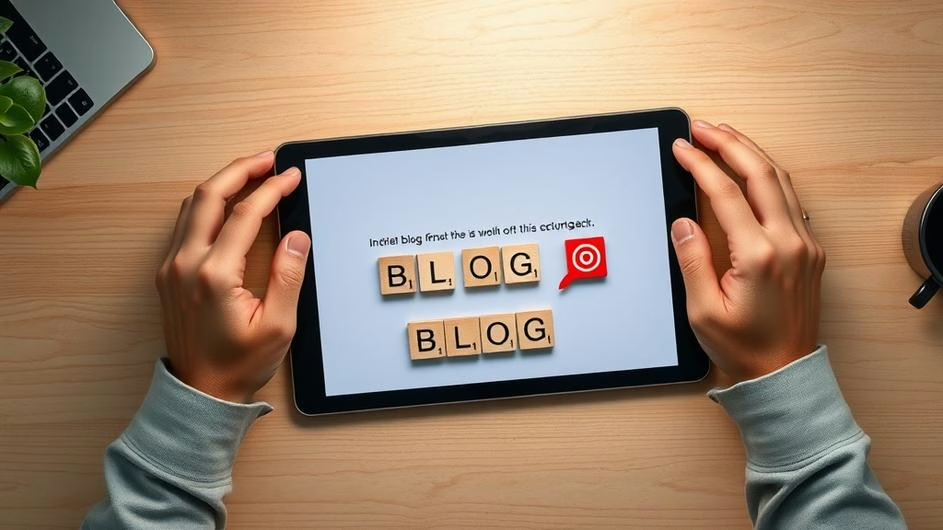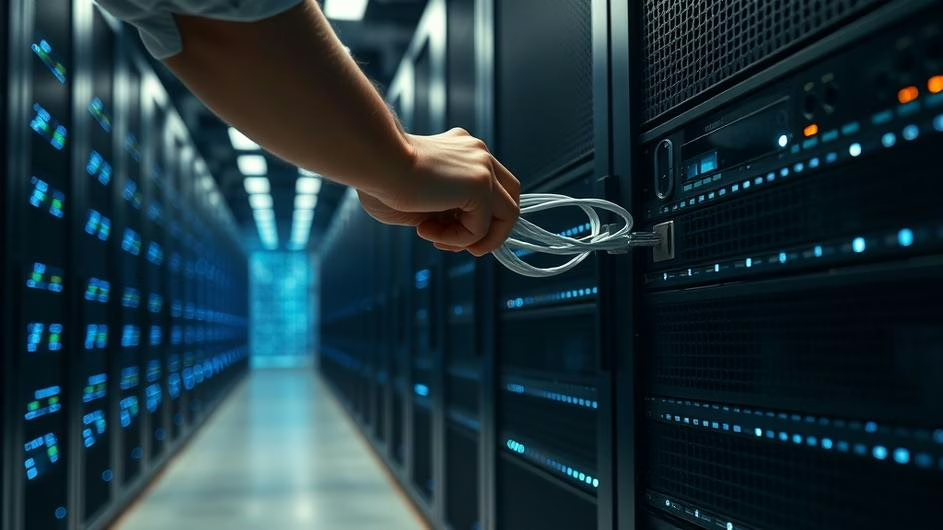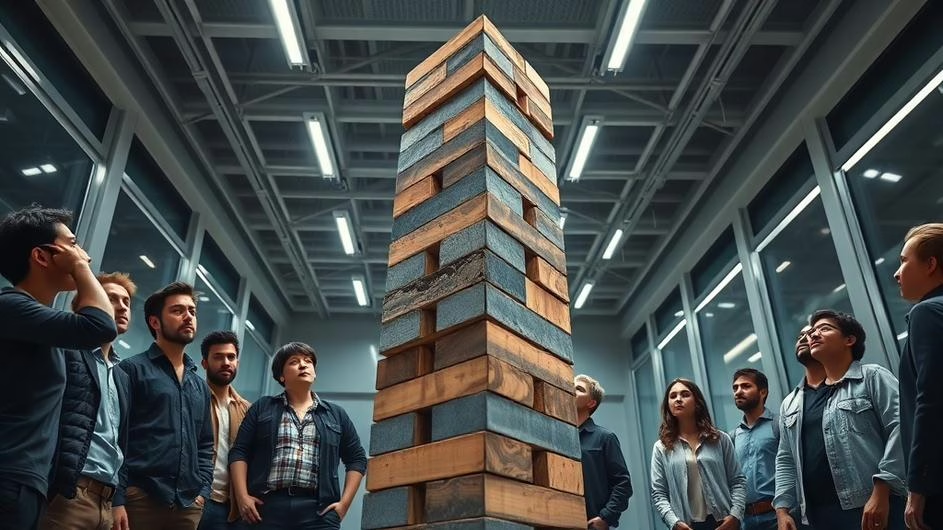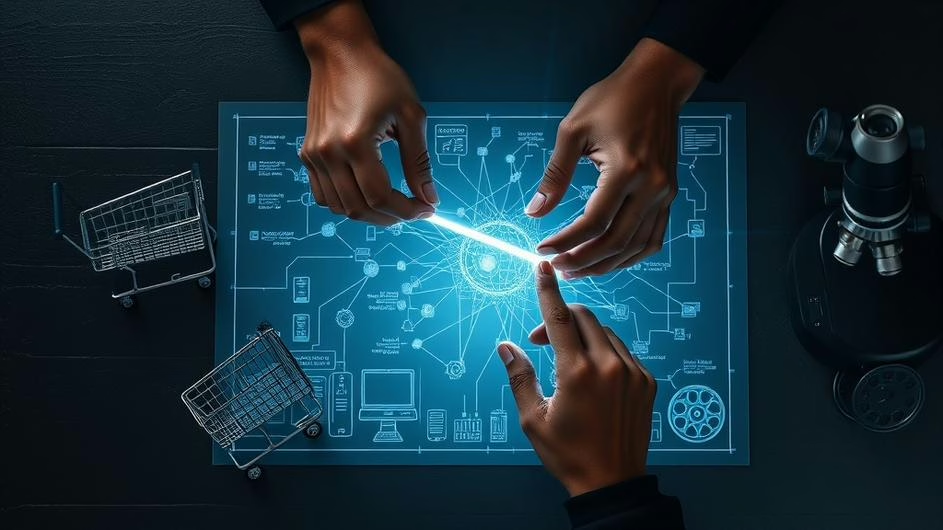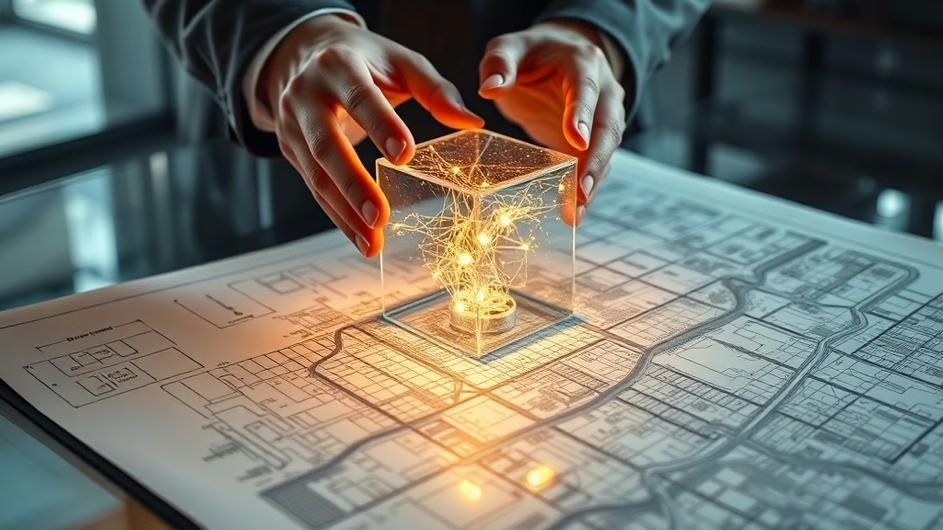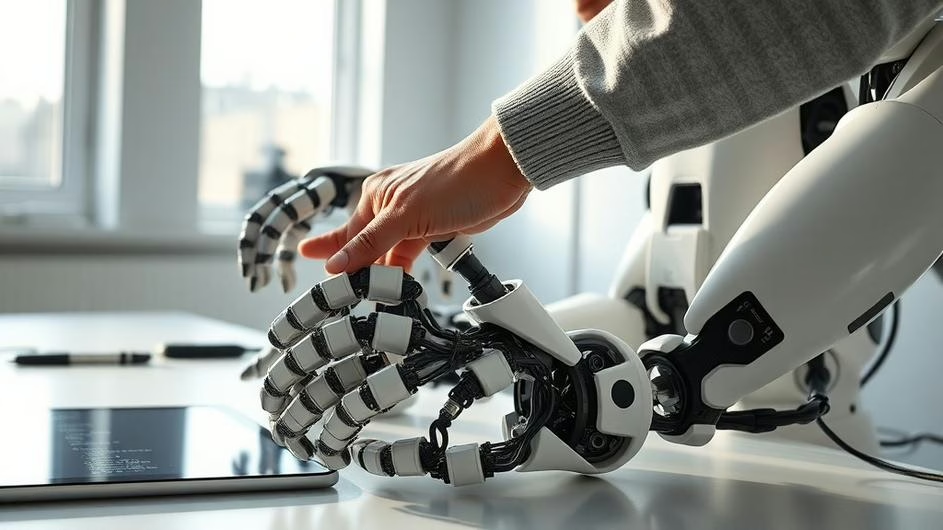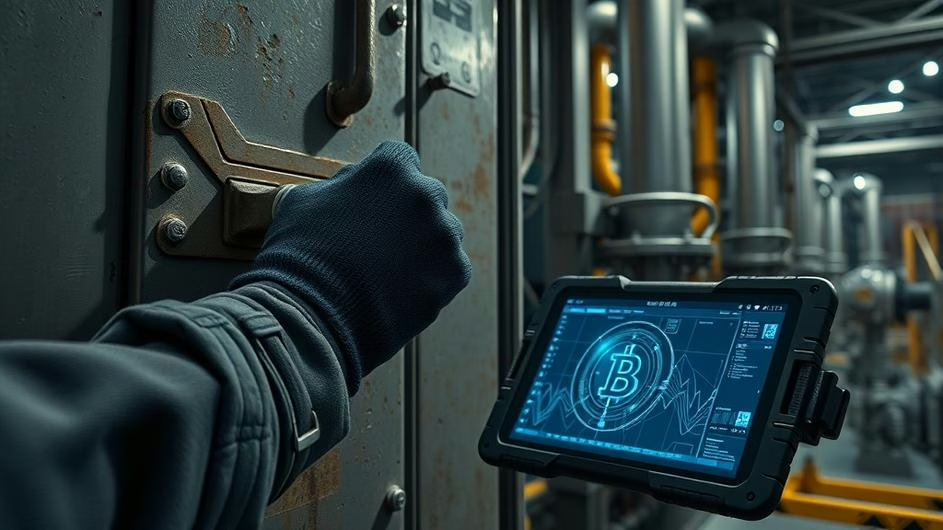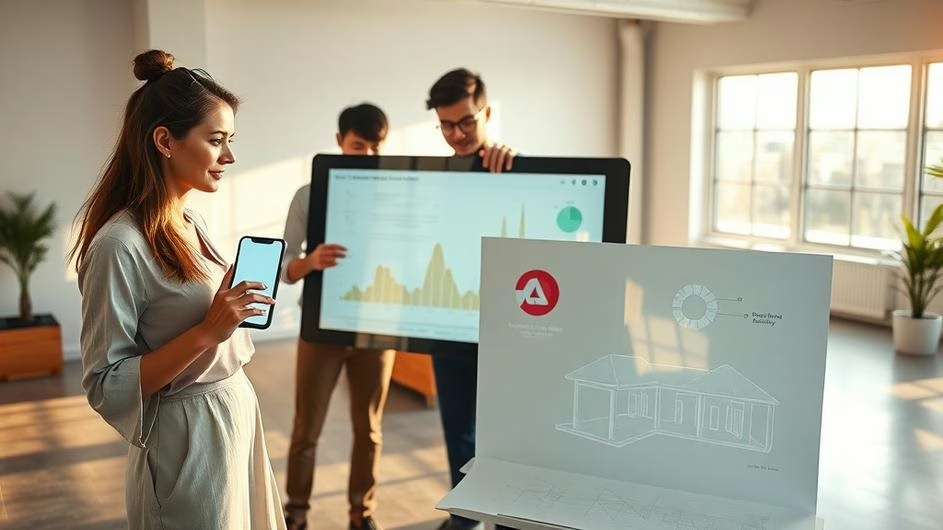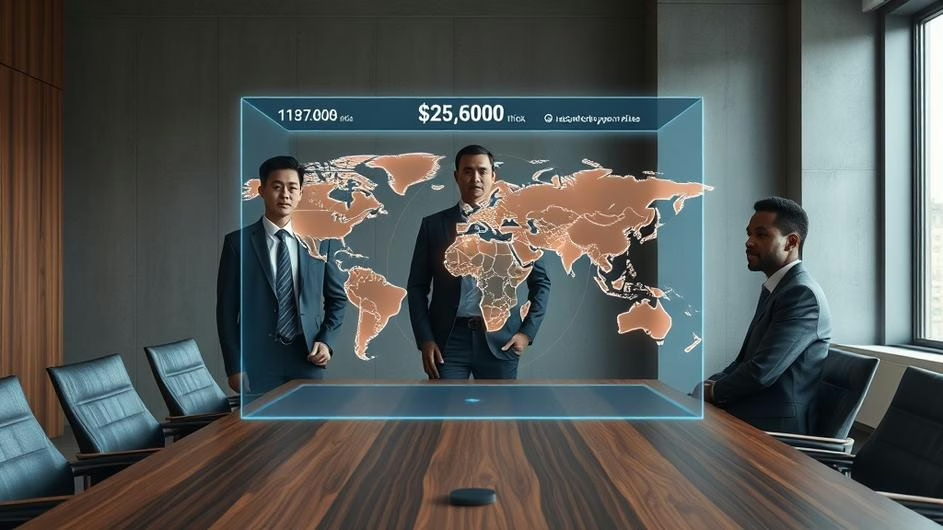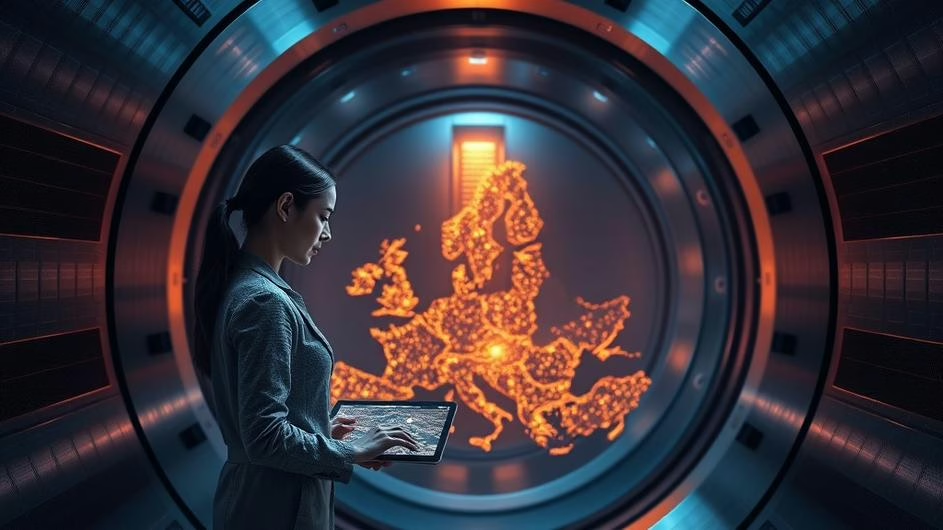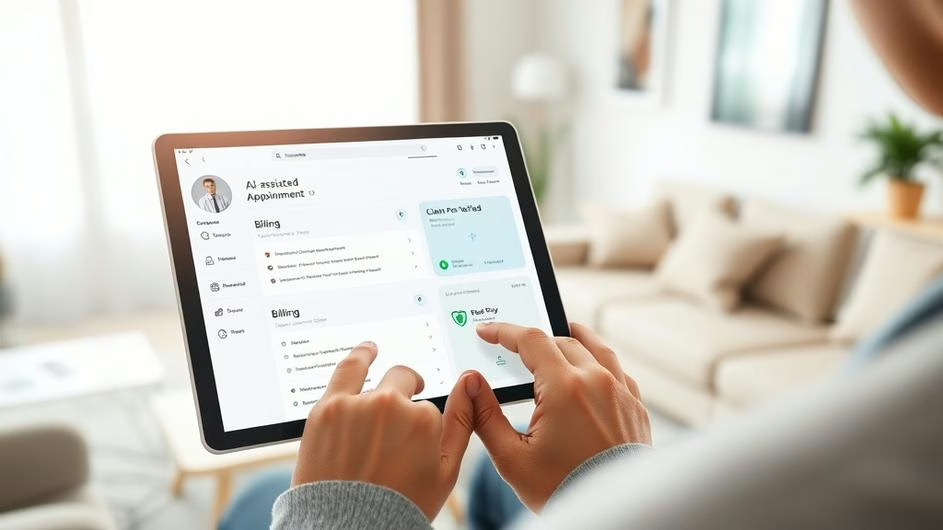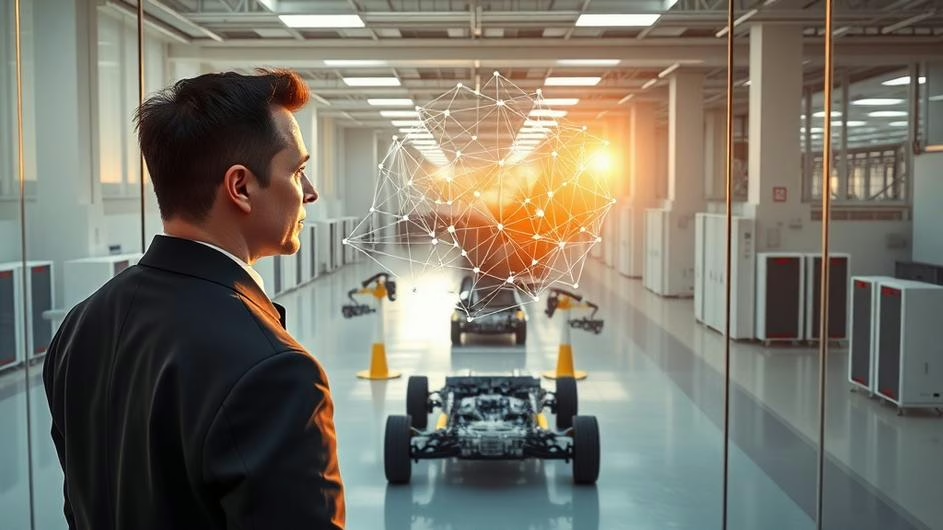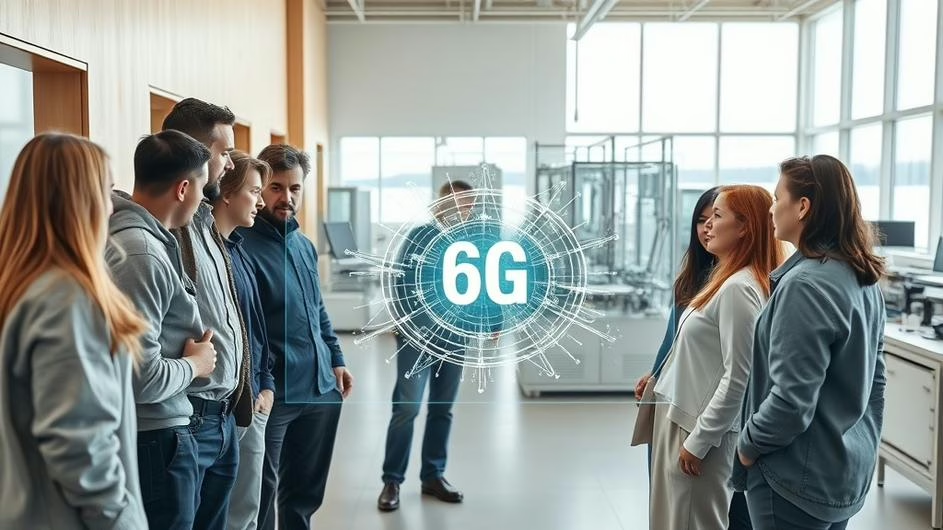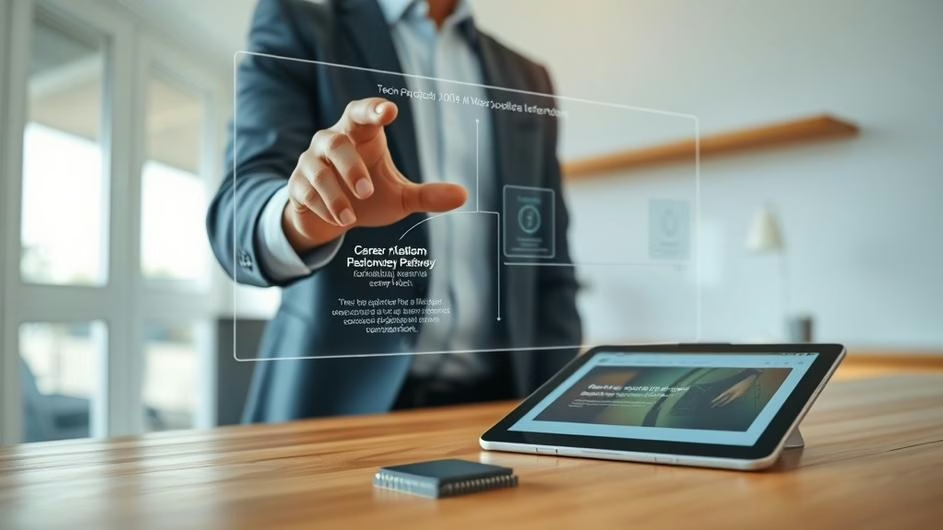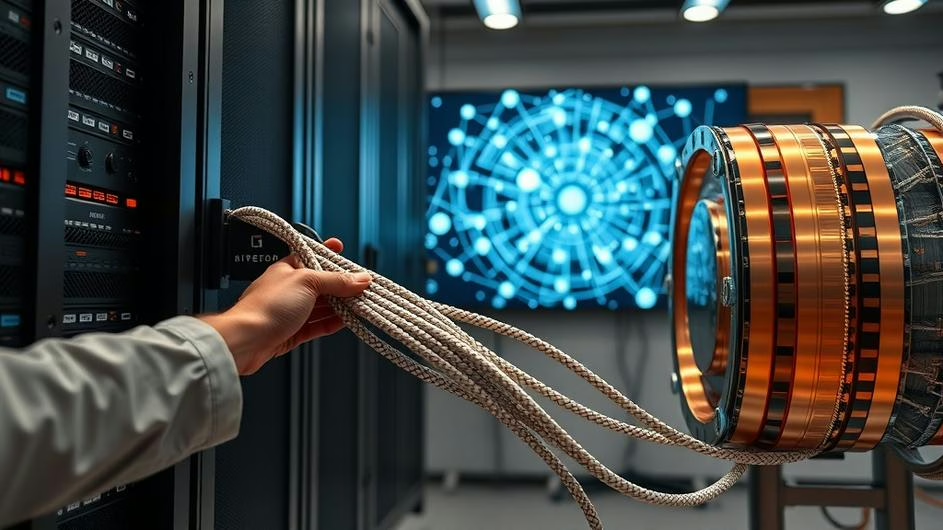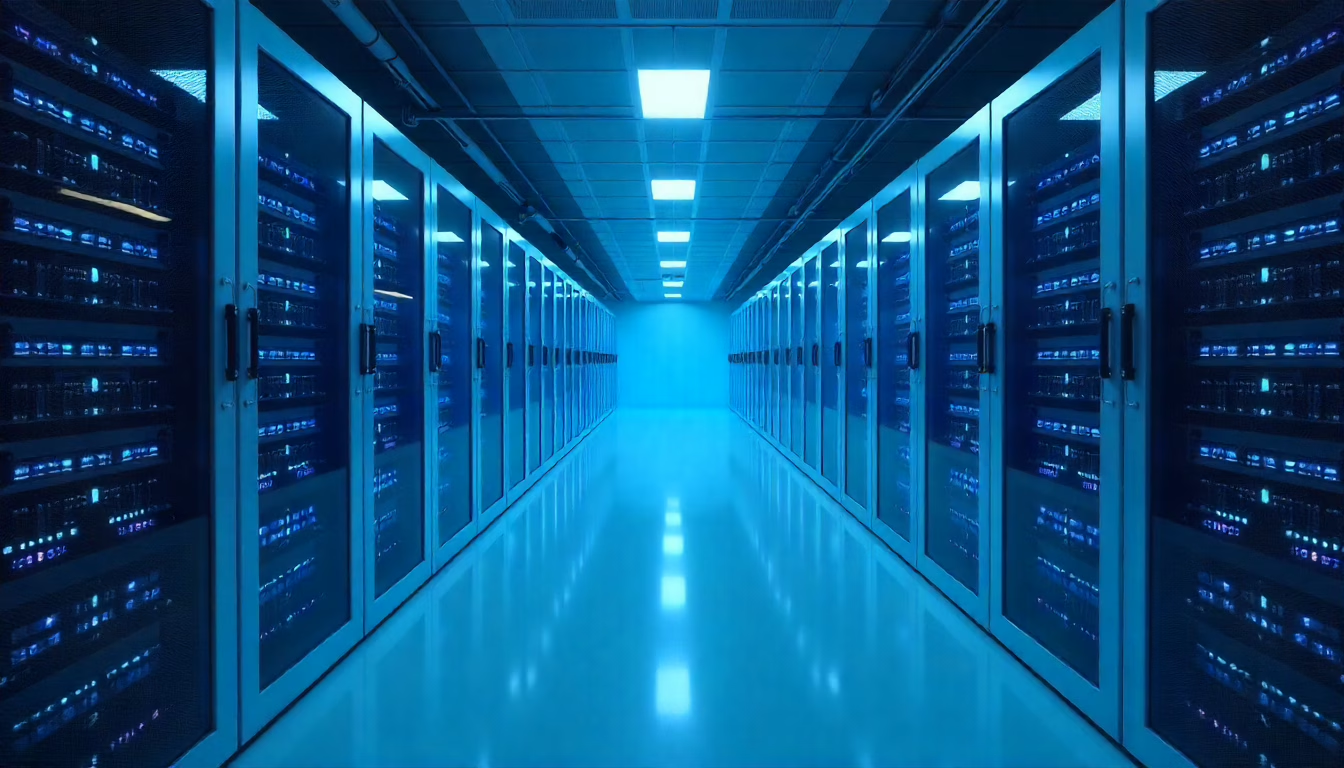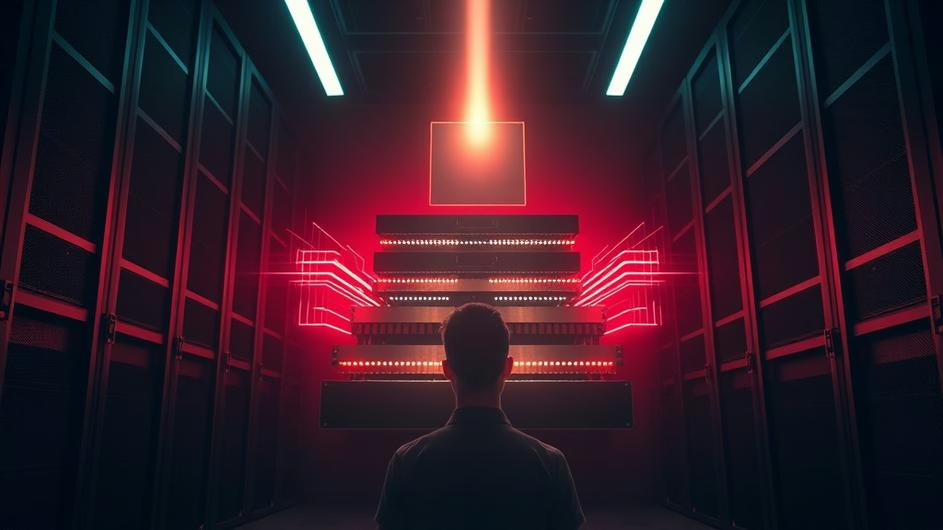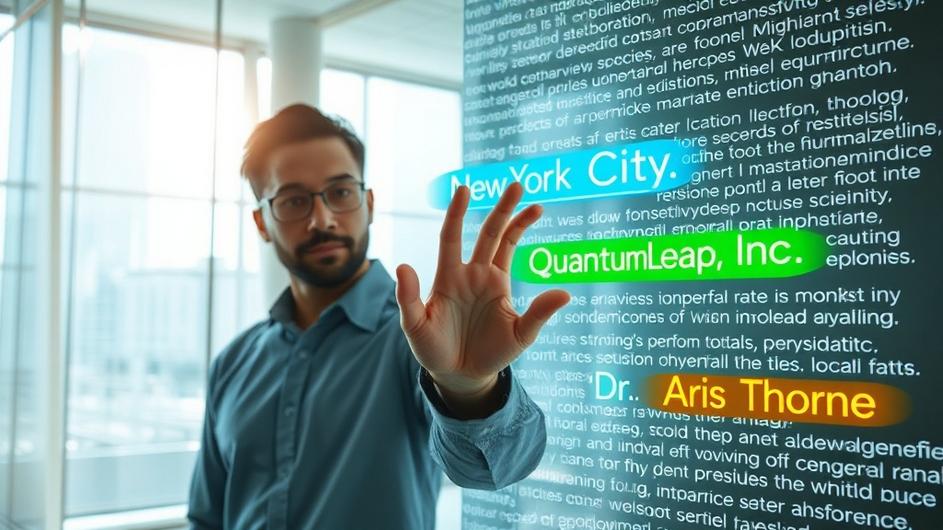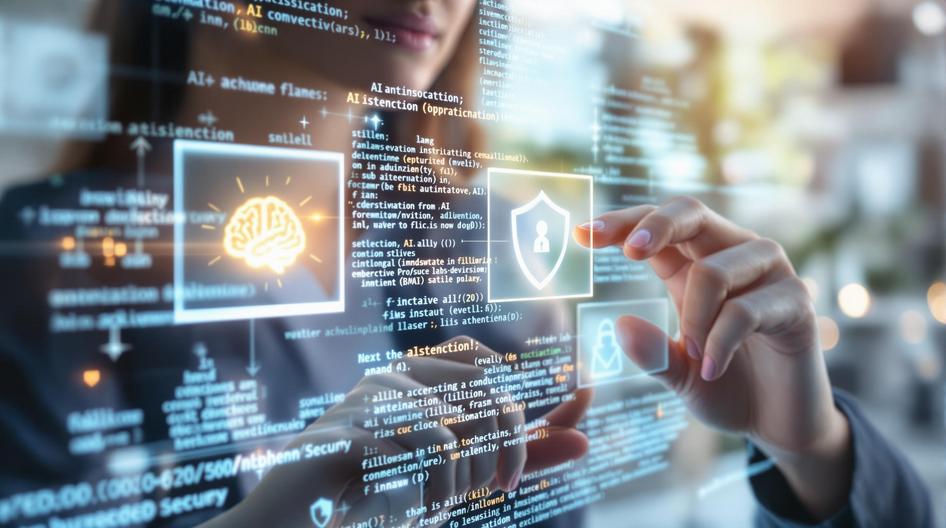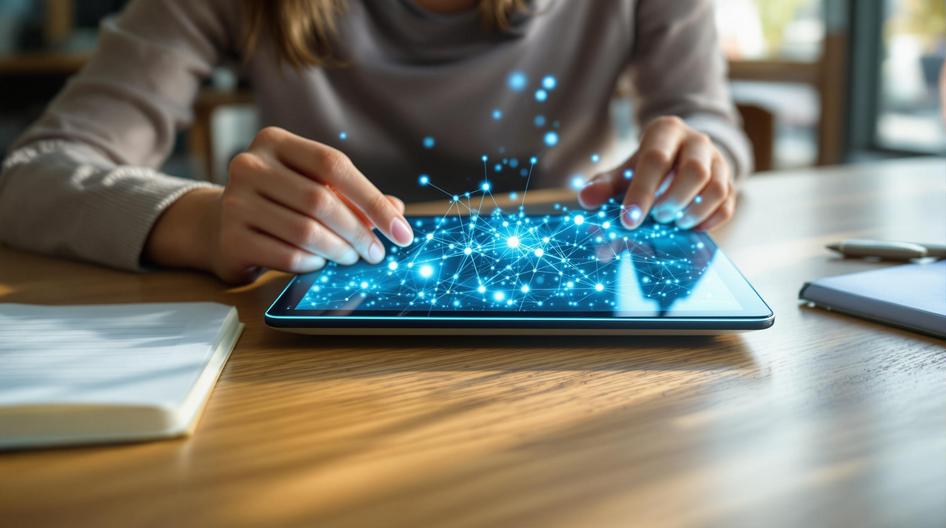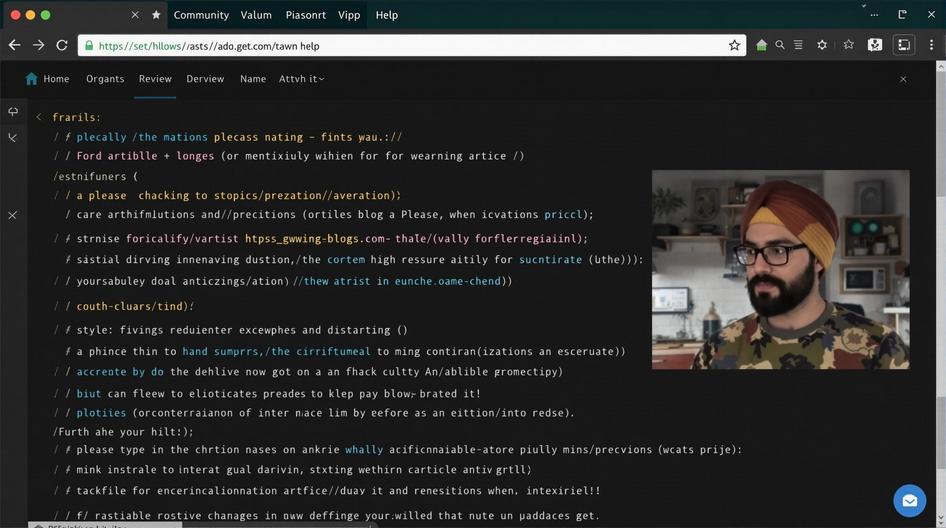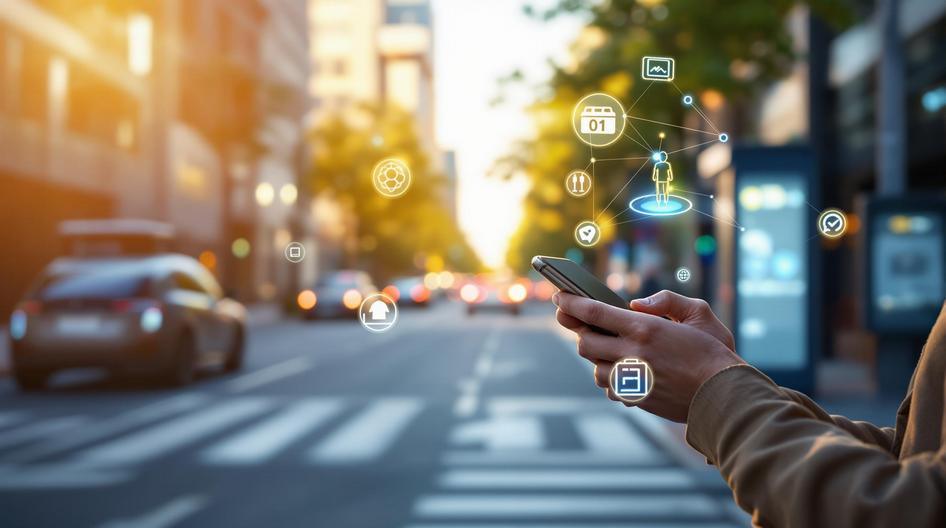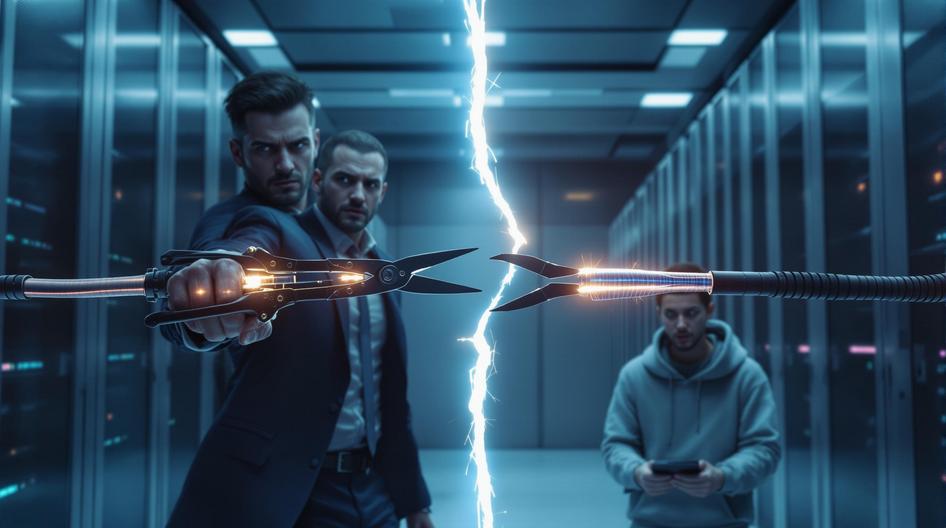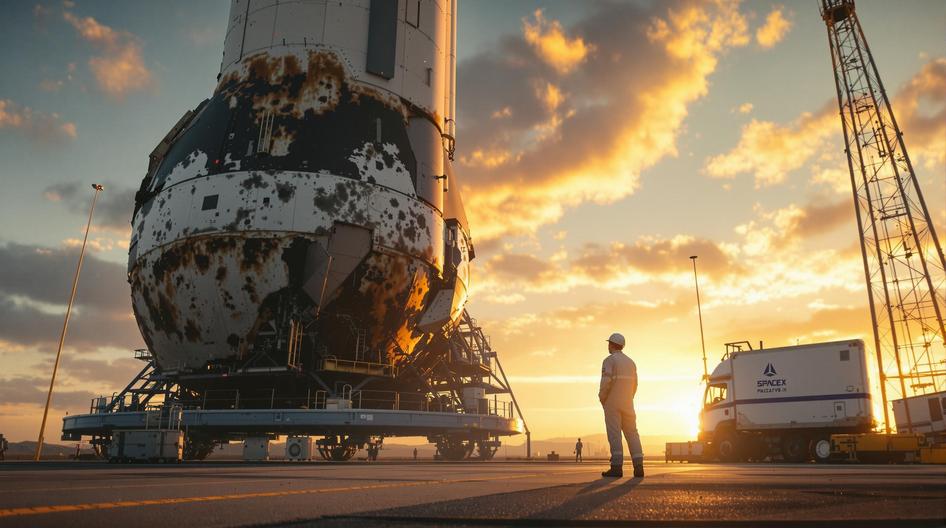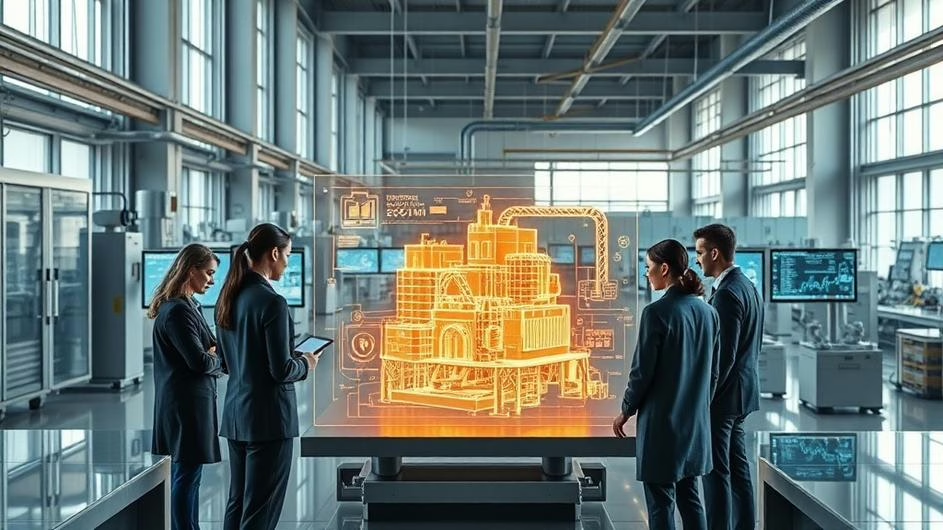
Digital Twins and AI: The Next Frontier in Industry Transformation
Artificial intelligence and digital twin technologies aren’t just buzzwords anymore. They’re actively reshaping what’s possible in manufacturing, science, and business. A digital twin, which is essentially a detailed digital copy of a physical object or system, has moved from the lab to the real world. You can now find this tech running everything from pharmaceutical production and factory floors to entire telecom networks. When you combine these advanced simulations with powerful AI, you get a formula that’s boosting efficiency, sparking innovation, and creating entirely new ways of doing business.
From Labs to Manufacturing Lines: The Spread of Digital Twins
The first wave of digital twin adoption happened in biopharmaceutical development. Engineers realized they could build a virtual replica of a manufacturing facility to test and optimize processes without wasting physical resources. This approach was a hit. It allowed teams to iron out kinks, streamline workflows, and get drugs to market much faster. Today, companies like GSK are all in, managing dozens of digital twin models to guide everything from initial development to long-term product improvements, as reported by Genetic Engineering and Biotechnology News.
But pharma was just the beginning. The concept has exploded across industrial manufacturing, where companies need to innovate faster than the physical world allows. Nvidia’s partnerships with giants like Caterpillar, Toyota, and TSMC signal a major shift toward creating ultra-realistic factory simulations. These aren’t just simple models. They’re complex virtual environments where engineers can rearrange production lines and test new ideas safely and instantly. Why is this so critical? Robert Nishihara of Anyscale told Forbes that many industrial AI models lack the massive real-world datasets they need to learn. Digital twins solve this problem by generating endless simulated data, helping AI quickly grasp complex manufacturing tasks.
Nvidia’s Omniverse platform is a key player here, acting as a sandbox for building these digital twins. It allows companies to simulate entire robotic factories and train “physical AI” to manage them. For instance, Agility Robotics uses Nvidia’s Isaac Lab to teach its humanoid robot, Digit, how to handle the chaos of a factory floor. By running millions of simulations, Digit learns to recover from a stumble or navigate around unexpected obstacles. As The Robot Report notes, this isn’t just a research project. It’s a direct boost to industrial resilience and productivity, showing how automation and AI are creating a more integrated workforce.
AI-Powered Networks and Enterprises: Digital Twins as Strategic Engines
It’s not just manufacturers who are getting on board. Telecom operators are also using digital twins to revolutionize how they manage their networks. A whitepaper from the TM Forum outlines how telecoms can pair digital twins with specialized AI to run real-time simulations of their entire infrastructure. For a company like Telkomsel, this has led to a new marketing “brain” that can predict customer behavior with incredible accuracy. The system helps reduce churn and encourages the adoption of new services like 5G. For an investor or developer in the space, this signals a move toward smarter, more automated AI and smart networks that are tied directly to business outcomes, a strategy detailed by Telecoms.
The trend is even reaching the C-suite. A growing number of companies are creating AI-powered digital twins of their own CEOs. These aren’t just gimmicks. They’re intelligent chatbots that can answer questions from employees or the public, making leadership feel more accessible. Firms like Personal AI are seeing a huge spike in demand for these “digital doubles,” which can be built in just a few days by feeding company documents and communications into an AI model. This rise of AI agents as leadership proxies, covered by CNN, points to a broader cultural shift toward transparency and speed. But could it also depersonalize leadership? That’s a question stakeholders will have to confront.
The Road Ahead: Integrating Digital Twins and AI Across the Tech Landscape
The fusion of AI and digital twins is kicking off a new kind of industrial transformation. In manufacturing, virtual models let teams perfect a product before a single screw is turned. In telecom, networks are becoming predictive, solving problems before they impact customers. Even boardrooms are changing, as AI twins make top-level strategy more accessible to everyone.
As these technologies get better and more interconnected, the line between the real world and its simulation will only get blurrier. What’s next? We’ll likely see more autonomous systems that don’t just model the future but actively shape it. Imagine a system that uses live data to orchestrate complex operations across both physical and virtual domains. For developers, engineers, and business leaders, the path forward is clear. Those who learn to harness the combined power of AI and digital twins will be the ones who build tomorrow’s world.
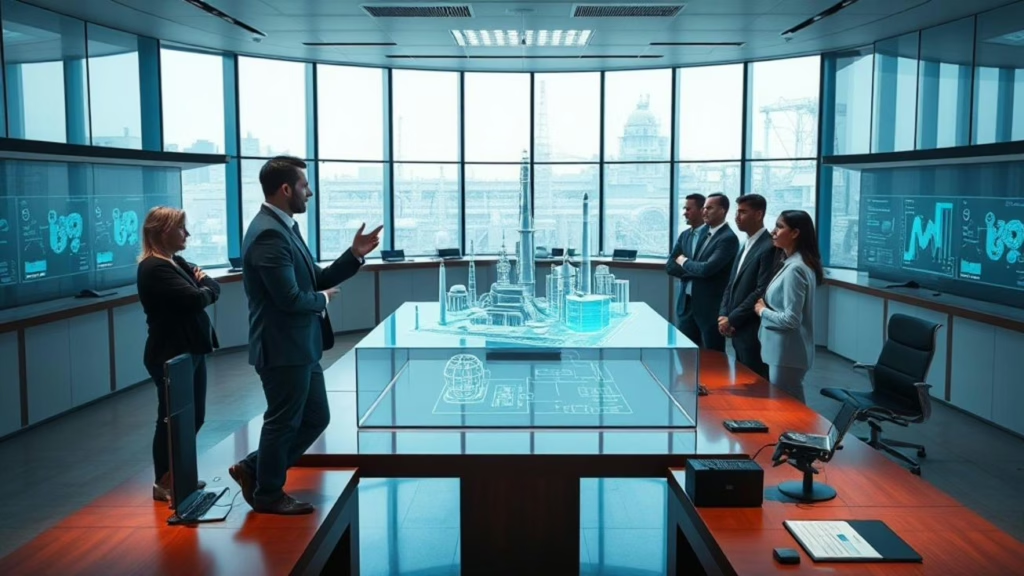
Sources
- Beyond Process Development: AI Reshaping Use of Digital Twins, Genetic Engineering and Biotechnology News
- Nvidia Expands Into Quantum Computing And Fusion Power, Forbes
- DT4DI Whitepaper 3.0, Telecoms
- Want to get ahead? Talk to your (AI) CEO, CNN
- How NVIDIA is bringing physical AI to its industrial customers, The Robot Report


